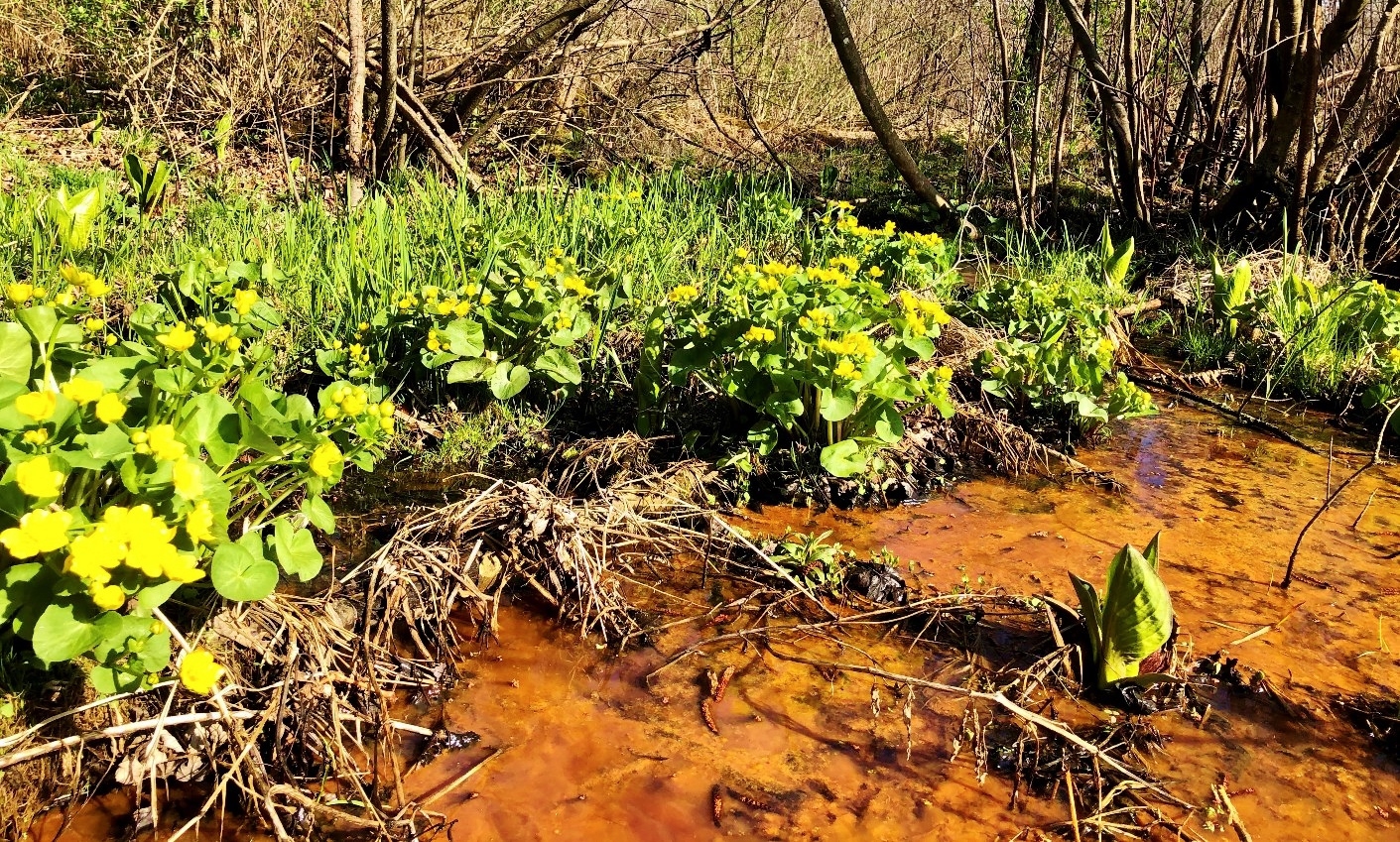Back Home by Chris Hardie
» Download this column as a Word document
» Download the photos that accompany this story
» Chris Hardie’s headshot
“Little Creek” is a spring-fed stream that runs through our valley, originating from the family farm. Officially it’s classified “NR 102.11” in the Wisconsin statutes — as an exceptional resource water — “surface waters which provide valuable fisheries, hydrologically or geologically unique features, outstanding recreational opportunities, unique environmental settings, and which are not significantly impacted by human activities.”

It is also listed as a Class I trout water under (b)(9) as “Little Creek, originating in Section 21, township 20 north, range 6 west, in Jackson County.”
I’ve always called it “the crick.”
I spent many hours as a lad exploring its banks and building dams with my cousins and friends. The cold water was a perfect place to spend a hot summer day.
In the fall, the trout-stream designation was evident; trout would make their way up from the North Branch of Beaver Creek for spawning. Little Creek overall is too shallow for a permanent trout fishery, but my Great-Aunt Sara told me it was once a good stream for fishing.
It’s also home to unique flora and fauna. Recently, I wrote about the yearly appearance of skunk cabbage, the stinky plant that thrives in the boggy bottoms.
Those green plants are now joined by another sign of spring – the blooming of yellow marsh marigolds. Also called cowslips, water buttercup, marybuds and water dragon — among many names — the wildflowers are perennials that grow in mounds with heart-shaped leaves and large buttercup-like yellow flowers.
The crick is also a place where one can hear spring as well as see it, especially on a warm evening. The nocturnal chorus of the Order Anura — frogs — is the sweet music of spring.
The first frogs I heard this spring were the wood frogs, which have a call that sounds like a quacking duck. They are early-spring breeders; they have the shortest breeding window of any Wisconsin frog, according to the Wisconsin Department of Natural Resources. It starts after frost-out and lasts only two weeks.
It’s the sound of spring peepers that fills the night. Frogs like peepers are a marvel of nature. They spend winters buried in the soil, or in cracks and crevices. They go into a frozen state and even stop breathing. But thanks to a natural antifreeze in their bodies, they come back to life with the spring thaw.
Peepers live in moist forests and woodlots next to wetlands, where they reproduce. The Wisconsin Frog and Toad Survey stated peepers are still widespread and common, but seem to be a species in decline.
Frogs are an important biological indicator of our environment. The Wisconsin Frog and Toad Survey is a citizen-based monitoring program that has been conducting statewide surveys since 1984 in Wisconsin. The surveys are to determine the status, distribution and long-term population trends of Wisconsin’s 12 frog and toad species.
Volunteers from around the state travel designated routes during three different periods — early spring, late spring and summer — and stop at locations to listen for frog calls. Phenology surveys have also been added to help monitor frog-breeding seasons in relation to fluctuating spring-weather conditions.
Little Creek is more than just a stream. It’s part of our home.
Visit wiatri.net/Inventory/FrogToadSurvey for more information on the survey. Go to youtu.be/wYxtWsMOmOE to hear the sounds of wood frogs and spring peepers.
Chris Hardie spent more than 30 years as a reporter, editor



